5 mushrooms to forage in autumn
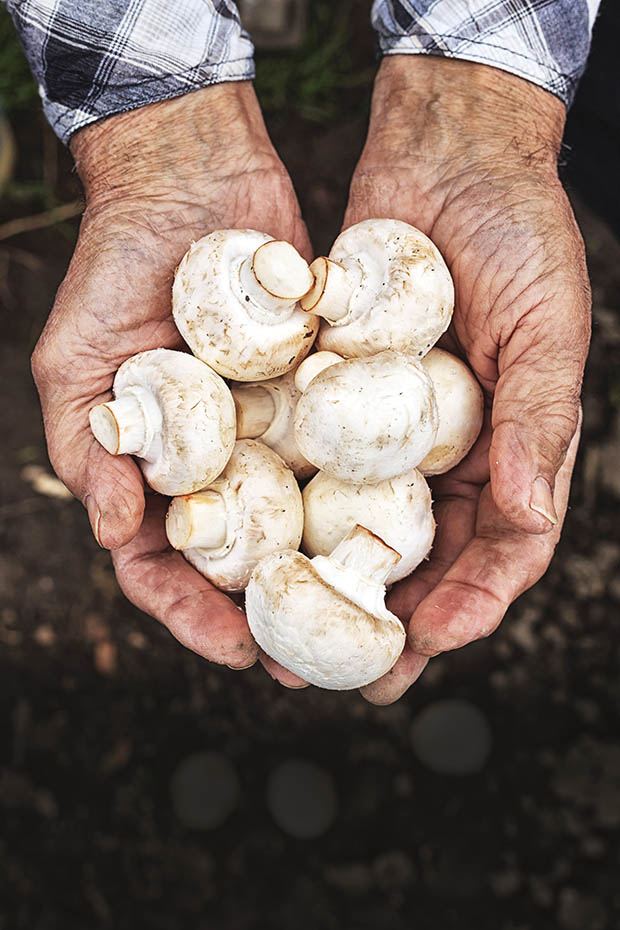
Wild mushroom foraging takes time and patience, but the reward of finding delicious edible fungi is priceless.
Words: Jane Wrigglesworth Images: Daniel Allen
Edible mushrooms grow all over the place, not just in forests. It’s simple to enjoy this free bounty from Mother Earth when you know what you’re looking for and where to look.
If you’re lucky, you’ll have some growing on your land or nearby.
WARNING: you need to be 100 per cent certain you have correctly identified a fungus before you eat it. Some mushrooms are toxic and can cause serious health consequences, or death. Do your research first, and read more about safe fungi forage practices.
1. PORCINI (Boletus edulis)
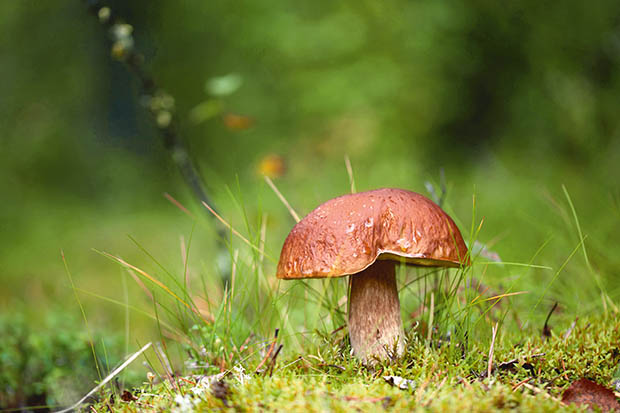
Found: on the east coast of the South Island, in Wellington, slowly spreading into other areas.
One of the most sought-after and delectable mushrooms in the world, it’s worth making an effort to find it if they grow near you.
They’re most commonly found growing under English oak, pine, English beech, and silver birch trees.
More rarely, they grow in association with black poplar, red beech, willow, and possibly Norway spruce.
At maturity, they have tan caps that often blend in with autumn leaves.
Their proportions aren’t uniform.
“Porcini come in all shapes and sizes,” says Christchurch mushroom forager Tyler McBeth. “This applies for the cap and the stem. Some have short and bulbous stems, while others can have long, thinner stems. The cap is rarely a uniform shape either.”
Look carefully at the stems.
“The stem is generally white when small and young, and often becomes white and brown with age,” says Tyler. “The cap also starts off white but turns brown with age, though they can also lose their pigment due to drying out and frosts.”
At the top of the stem, where it connects with the cap, is a delicate white webbed pattern called reticulation.
“From personal experience, I have found this is more noticeable in those found under oak, English beech, and silver birch trees rather than under pine trees,” says Tyler.
There’s another key identification feature on their underside.
“Porcini have pores instead of gills. When young, these pores are white and tightly spaced together. With age, the pores open up, changing their colour to a light yellow, to deep yellow, to olive green, then brown.”
The flesh of the porcini is white and doesn’t change colour. Any discolouration on the inside may be down to insect damage or infection with Hypomyces, a parasitic fungus.
2. BIRCH BOLETE (Leccinum scabrum)
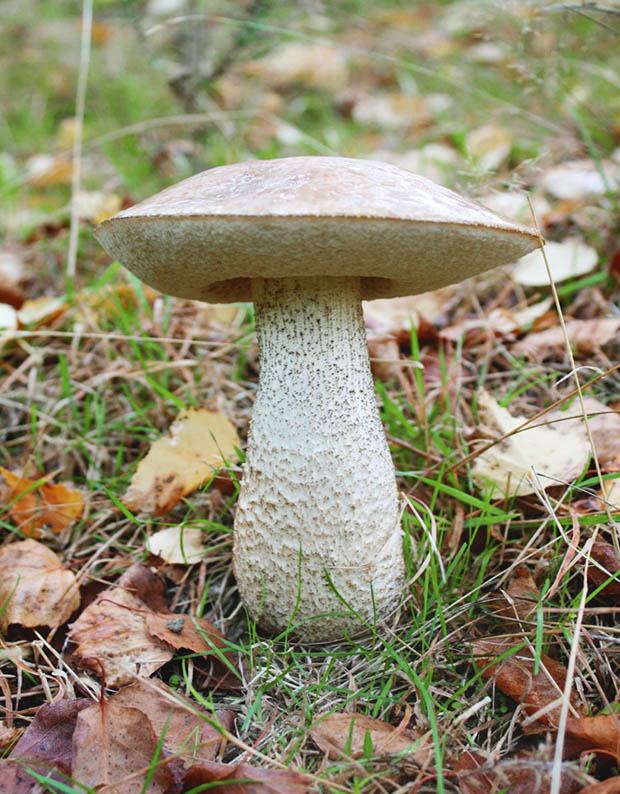
Found: throughout NZ
Birch boletes look similar to porcini, but the white stems are covered in brown scales.
The other big difference is where they grow – birch boletes in New Zealand are only found living under silver birches (Betula pendula). If you’re unsure which mushroom you’ve found, look at the stem and where
it’s growing.
Their brown caps are 5-15cm wide and have smooth white pores (not gills). They can be harvested from late summer into autumn.
3. SLIPPERY JACK (Suillus luteus)

Found: throughout NZ
The common name for this edible fungus is due to its slightly gross texture. The cap is tan to chestnut brown, grows up to 25cm across, and is often very slimy.
Slippery jacks have yellow pores instead of gills and a distinctive ring around the upper part of the stem. Above the ring are small dark dots. The cap and stem are white-fleshed and don’t change colour when damaged.
They grow around coniferous trees, specifically pines (which is where they get their other common name, pine bolete), and can be harvested from autumn to early winter.
When mature, all that will remain on the stem (stipe) will be remnants of the veil, the thin membrane that covers the cap and stalk of an immature mushroom.
The newly discovered (in NZ) Suillus salmonicolor grows under pine trees and has a more distinctive ring. Another slippery jack variety, S. granulatus, doesn’t have the ring on the stem.
It’s best to peel off the slimy outer cap layer before cooking.
4. SHAGGY INK CAP (Coprinus comatus)
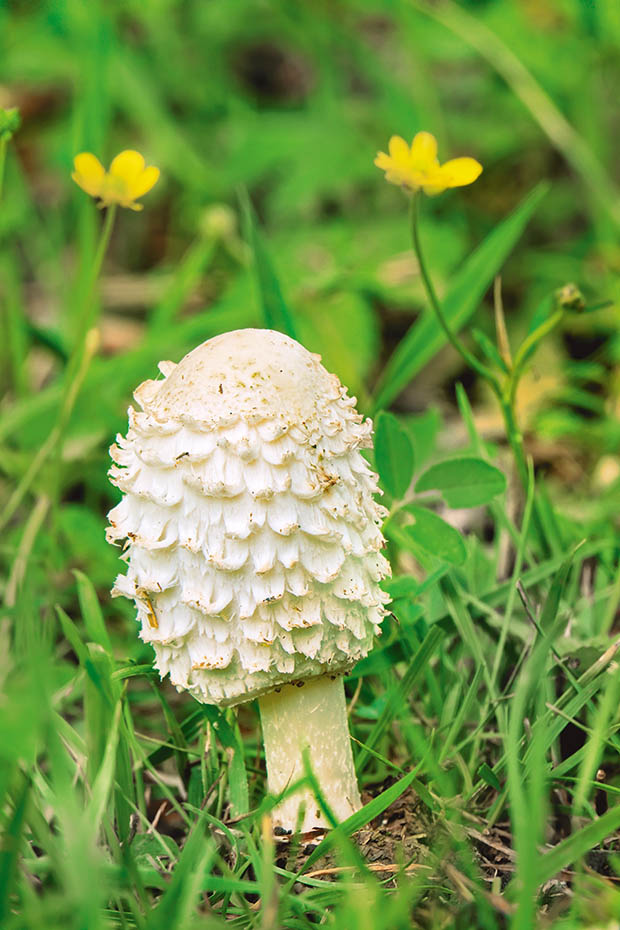
Found: throughout NZ
This unusual fungus has a short shelf life, so if you find and gather it, be prepared to cook it quickly. Shaggy ink caps literally turn into a black gooey mess within hours of being picked. This can be delayed by putting them on ice, but you have to do it quickly. One tale goes, if you leave one on the kitchen bench overnight, you will see nothing but a black ink stain in the morning.
None of this may sound appetising, but the shaggy ink cap is a delectable edible mushroom when it’s young and quite distinctive looking. At first, they look like bright white cylinders rising from the ground, but they quickly open out to form bell-shaped caps. They have pure white, tall (about 15cm), thick stems, and a tell-tale ring around the upper portion that easily detaches. The white gills turn pink as the mushroom ages.
It grows on lawns, alongside roads, and in pastures from late summer through autumn.
5. HORSE MUSHROOM/FIELD MUSHROOM (Agaricus arvensis, Agaricus campestris)
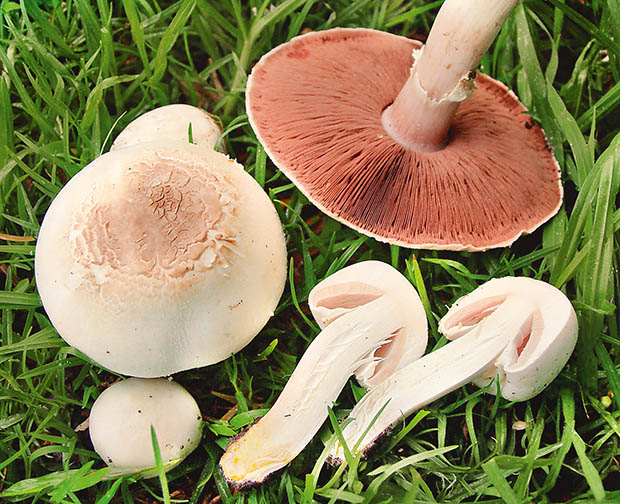
The subtle yellow staining on the inside of the stem is a clue that these are toxic Agaricus sect. xanthodermatei, not one of the popular edible field mushroom varieties.
Found: throughout NZ
These delicious mushrooms have the classic mushroom shape – a thick, white-domed cap, thick white stem, and whitish gills that turn chocolate brown at maturity. Around the stem is a white ring, and the flesh tends to bruise slightly yellow when handled.
It’s difficult to tell the difference between the many species in this genus.
“Macro characteristics make it extremely difficult to tell which species is which in the Agaricus genus,” says Tyler. “Most need microscopy to look at the spores to identify which is which. For example, Agaricus crocodilinus and Agaricus bernardii can look extremely similar.”
Field mushrooms are the most common find for foragers, says Tyler, but there are toxic Agaricus too.
“Agaricus sect. xanthodermatei, known as yellow stainers, are toxic. They won’t kill you but will make you ill. They’re distinctively identified by yellow staining at their base when cut vertically. They also have a phenol smell (sickly sweet, tarry), which is highlighted if a small piece is placed in the microwave for a few seconds.”
Many Agaricus species, including horse mushrooms, smell like aniseed, another critical identification feature.
Look for these mushrooms in autumn in open fields and pastures. They’re known to grow in ‘fairy rings’ and will reappear year after year in the same location.
Why you don’t want to be a self-taught fungi forager
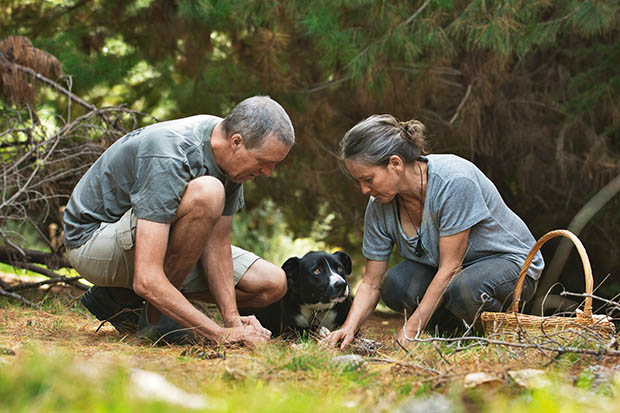
Most New Zealanders don’t forage for wild mushrooms as many toxic types look incredibly similar to edible ones. There are good reasons to be cautious.
Theres and Hannes Krummenacher are commercial mushroom growers who run Neudorf Mushrooms on their block at Moutere, 40km west of Nelson.
Hannes grew up witnessing the need for caution first-hand. In his Swiss homeland, it’s a traditional, seasonal ritual to forage for wild mushrooms. Locals have traditional knowledge to safely forage, plus they can check with an expert. Hannes’ father was the mushroom controller in the family’s home region, sorting through baskets and removing anything poisonous.
Both Theres and Hannes warn foragers to be wary of false information on the internet. Websites are useful tools they say, but there’s a high chance of accidentally collecting poisonous fungi. They also never identify fungi from photos if someone asks – instead, it’s crucial to show them to an experienced, trusted person.
“It is vitally important to get it right,” says Hannes. “We always, always advise people to have an experienced person with them when they are searching for edible fungi. For example, death caps often grow close to and resemble field mushrooms. It’s better to throw them all away than take the chance.”
7 tips for safe mushroom foraging
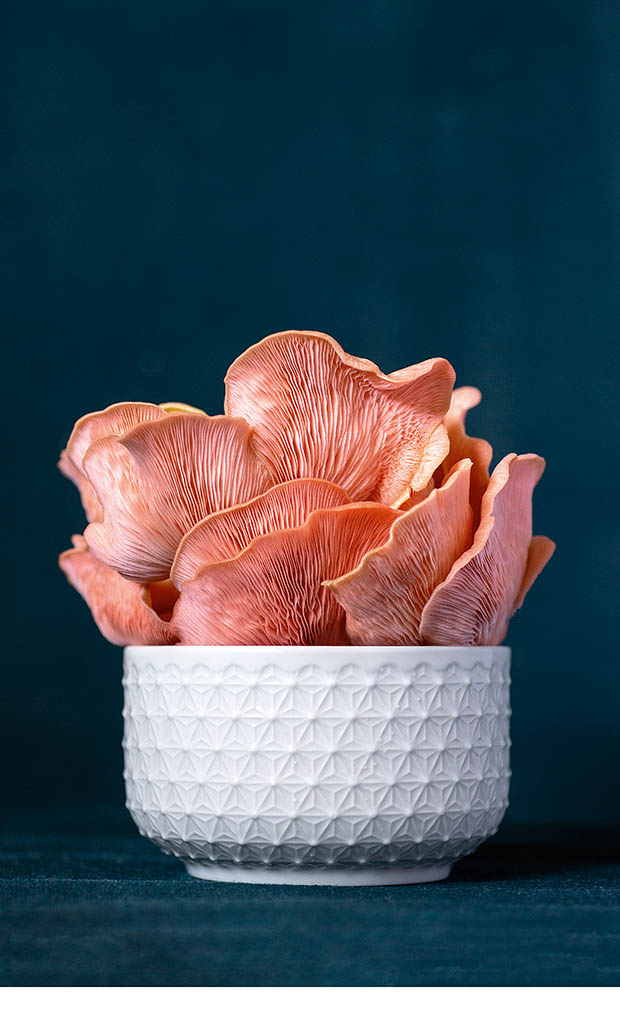
• Don’t eat any fungi if you’re not 100 per cent certain of its identity. Don’t stray from this rule; it’s not worth the risk.
• Get a good ID book and learn identification basics – stems, reticulation, gills, pores, spore prints, staining, growth habit, and environment. Tyler recommends A Field Guide to New Zealand Fungi by Shirley Kerr. He also recommends researching on iNaturalistNZ and joining mushroom Facebook groups, such as Mushroom Hunting New Zealand.
• Always take pictures when you pick. Mushrooms can change colours or deteriorate after being harvested, and by the time you get them home, some of the distinguishing characteristics may have changed.
• There are no shortcuts or overarching rules about mushroom identification. You must learn about each species independently. If someone says there’s an all-encompassing rule, like “if it doesn’t have gills, it’s safe to eat,” walk away – that’s not how mushroom foraging works.
• Always be prepared – wear good boots, bring water, carry a knife, have a compass and map, and tell someone where you’re going. It’s very easy to get directionally confused in a forest, especially if you’ve been distracted by a fantastic mushroom find.
• Embrace the process. No-one can learn about all the mushroom species in one season – the experts take decades to study mycology. Also, mushrooms are finicky – sometimes you’ll go out in the woods for 5 minutes and find a treasure trove; other days, you’ll tramp around for hours and find nothing.
• Tread lightly. Fungi are interconnected with the land. If you destroy their habitat, you do much more than hurt just one species. When foraging, don’t disturb the natural environment and only pick what you will use.

